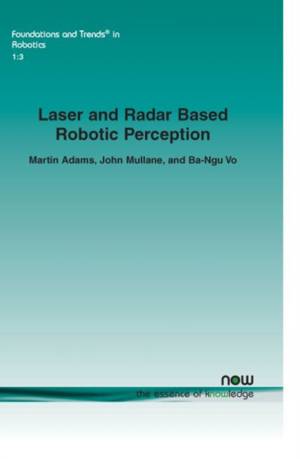
- Retrait gratuit dans votre magasin Club
- 7.000.000 titres dans notre catalogue
- Payer en toute sécurité
- Toujours un magasin près de chez vous
- Retrait gratuit dans votre magasin Club
- 7.000.0000 titres dans notre catalogue
- Payer en toute sécurité
- Toujours un magasin près de chez vous
104,95 €
+ 209 points
Description
Presents a review of autonomous robotic perception, exploring recent work from the autonomous robotics and tracking communities in general as well as from the authors' own experiences. Throughout the text, experiments and results are derived from the authors' experiences with laser and radar based sensors.
Spécifications
Parties prenantes
- Auteur(s) :
- Editeur:
Contenu
- Nombre de pages :
- 130
- Collection :
Caractéristiques
- EAN:
- 9781601984722
- Date de parution :
- 30-07-11
- Format:
- Livre broché
- Dimensions :
- 158 mm x 234 mm
- Poids :
- 202 g

Les avis
Nous publions uniquement les avis qui respectent les conditions requises. Consultez nos conditions pour les avis.






